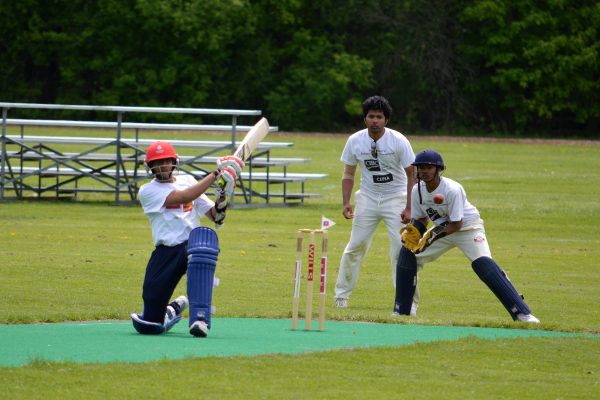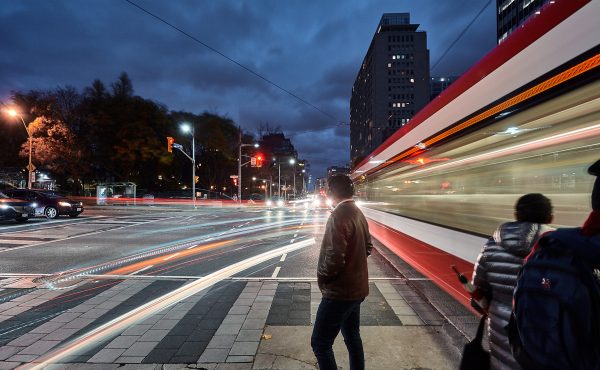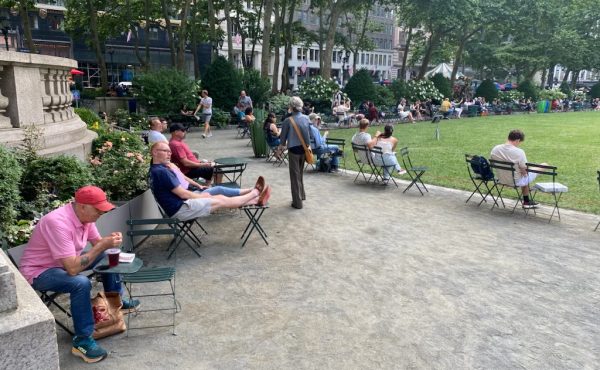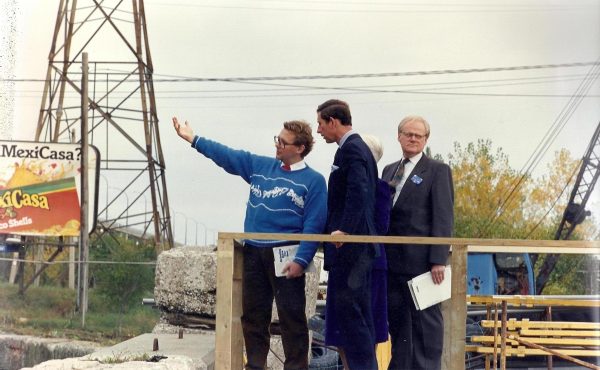Multiple World Cup appearances. Team Canada captaincy. Blistering statistics as a batsman. As far as Canadian cricketing is concerned, Zubin Surkari has done everything you could imagine.
But it’s everything Surkari is doing now, off the pitch, that will guide Toronto’s sports imagination for decades to come.
Sitting down with the Toronto native, you can sense his passion for the game. Beginning to play competitively at a very young age, Surkari retired early because of health issues. But his 20-year cricketing resume opened up opportunities, and he eventually became a sport development officer with Cricket Canada, where the question of cricket’s future is always on his mind.
“Cricket here, for the longest time, has been facing hurdles — trying to get facilities or adequate facilities,” says Surkari. “It’s certainly growing, but we’re not getting the facilities that are good enough for high performance cricket, and for those facilities, they are few and far between.”
The Toronto cricket community counts in the tens of thousands — Cricket Canada alone sports 10,000 to 12,000 students (about 250 schools) each year in their school-based programming.
For those thinking about growing the game, the Greater Toronto Area is the place to do it: more people play here than anywhere else in Canada. But this growth presents cricket’s most difficult challenge. Apart from the Eglinton Flats in Etobicoke, Sunnybrook Park and, with some finessing, on soccer pitches and playgrounds across the city, where can cricket actually lay proper roots within Toronto’s borders?
“We can’t facilitate it quick enough,” says Surkari.
Master Planning a creative solution
Torontonians want a place to play. About 90,000 of them were on recreation program waitlists in 2006, and that number grew to about 200,000 in 2016. (The City predicts that it will double again by 2026.)
“A city builds facilities so its people can build community,” wrote Jane Arbour, speaking on behalf of the City, in an email. “Toronto’s parks and recreations facilities — our community centres, our sports fields, our courts, our arenas — are not just places for fun, games, and personal growth, but where people of all ages and abilities come together to share their interests, ideas and cultures.”
Toronto wants to deliver on that growing demand. The City’s Master Plan details a 20-year strategy that proposes spending about $2.1 billion to expand and maintain facilities, fill a $460-million repair backlog, and seek to invest in new facilities. A tall task, but the City says that this plan shows its “ongoing commitment” to delivering services.
“It will ensure everyone has an opportunity to create the sense of vitality and community that makes Toronto such a vibrant city, now and well into the future,” she wrote.
But, as Arbour writes, “The biggest challenges of this growth will be land availability and cost.”
Indeed. Especially in the case of cricket (the City wants to add five pitches to bring their total to 33 within 20 years), you need space that spreads two soccer fields. “Finding the room for the five new cricket pitches needed to match growing demand will require optimizing new land for multiple uses and adaptation of existing facilities,” she writes.
Cricket Canada introduces the game in a simplified way, with programming for kids as young as seven. Surkari says introducing the game doesn’t have to be complicated at all.
“They learn a bit about their body, but also learn a bit of cricket,” said Surkari, who was introduced to the game by his dad at that age.
“It doesn’t have to be played on a cricket field; it can be played on soccer field or a gym.”
Cricket Canada has a plan in motion, but a continued, permanent solution will require some creative thinking.
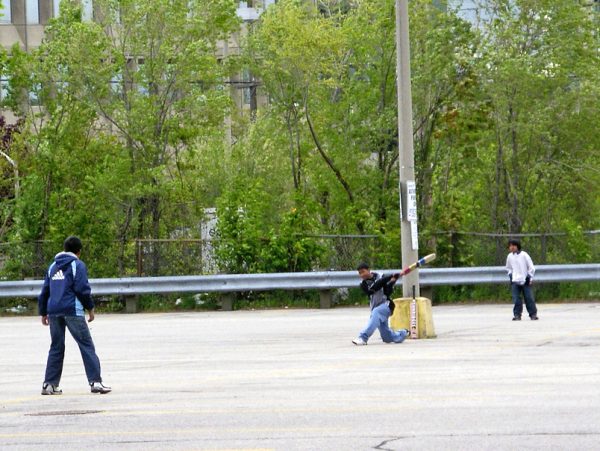
Toronto stadium building
David Miller knows this dilemma all too well. The former Toronto mayor had a broad array of sports infrastructure challenges on his plate, most famously the development of the National Soccer Stadium — known today as BMO Field.
The stadium’s original purpose was to deliver the FIFA under-20 tournament in 2007, and develop a facility with professional turf and stadium standards, Miller says. Interest from Maple Leaf Sports and Entertainment (who own Toronto FC) to run and manage the stadium, whereby the City could make a good profit without suffering losses, produced a “pretty good arrangement” for Toronto, says Miller. “If you include the public access over the winter, which was packed because there was so much pent-up demand for it.”
Miller says the City contributed $10 million to the $73-million project.
But it was a rarity, because it was a facility for professional sports — with an ownership group willing to share the profits with the local government.
And, as turf standards evolved at BMO Field (leagues and players asked for real grass), community access to the grounds changed. MLSE, in the early 2010s, then agreed to renovate the grounds at Allan A. Lamport Stadium in Liberty Village, which itself now has multiple uses and users — including the Toronto Wolfpack rugby club and year-round programming of the Toronto Sports and Social Club.
Miller sees this evolution as having an overall positive community benefit.
“I think it’s worked out as expected; we got great use of Lamport, and the public didn’t pay anything for that, and BMO is very good now for professional soccer,” says Miller, a TFC fan from Day One.
Miller watched closely as the cricket file entered the Toronto purview — the sport was a part of the City’s Master Plan in 2007. He saw a massive number of people play at Eglinton Flats and Cedarvale Ravine, in places where cricket wasn’t the intended use. People came to play, but also enjoy each others’ company, picnic, and socialize — what is referred to as a “festival feel” in cricket circles.
“The sporting event [was] not just a sporting event, it [was] a community event,” says Miller.
Growth of the sport, and its support, really came from the bottom up, and creative thinking helped the community play. For the City, it also had to think creatively, and think deeply about how available space could accommodate uses like cricket.
“How do we find ways to use this space for multiple users? Can you have the cricket pitches and soccer pitches in the same place and keep the wicket protected?” says Miller.
Where do we build?
Creating space within soccer fields, extending hours for play, and making facilities available year-round (particularly under sports domes) have offered the best chance for cricket in Toronto, but there are other ideas floating about.
The City’s sports plan will couple with residential and other development modes. Because of that, Arbour says, it’s easier to build recreation facilities in areas where the city is growing — with a lot of the facilities funded by development charges.
The City touts the Canoe Landing project, slated to open in 2019 in the Fort York neighbourhood, as an example of an innovative project that combines parks and recreation facilities with elementary schools and a childcare centre.
But this line of thinking has limitations.
“If after 20 years we’ve only built the growth-related infrastructure, the difference in provision levels between certain communities in Scarborough and Etobicoke and the rest of the city will be stark,” says Arbour.
Which, theoretically, leaves the cricket-hungry at a loss, especially in Toronto’s inner suburbs, which have more open space for the game.
Whichever way the City maneuvers, fields managed by Toronto’s three school boards will also play a major role. The City acknowledges that the schools are recreation facility providers, so working with them to make spaces available will be key.
Specifically, says Arbour, they want to “strengthen and modernize agreements with those providers for guaranteed public access and greater municipal oversight for needed parks and recreation facilities.” This will include opening facilities for longer periods.
Miller agrees, but this approach will require investment on the City’s part. He argues it has to be made a priority. “The school fields are often woeful, there’s not enough investment in Parks and Rec,” he says, describing how, when the City has tax freezes and budget cuts, services like sports and libraries come under the knife.
“Parks and Rec’s budget has been under stress for quite a while, and we really do need to see some investment in these kind of places so that people will have the opportunities to pursue the sports that they want to.”
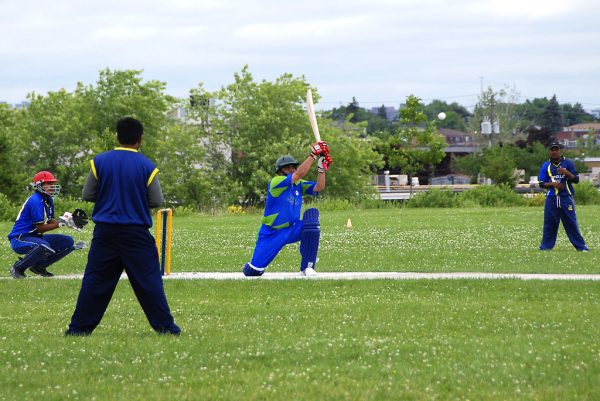
Hitting the wickets
It’s come full circle for Surkari. When he played, cricket was barely an afterthought, not even on his school’s radar. Today?
“Now, the school that I went to, they’re contacting me asking to get cricket started. There’s tons of demand,” he says.
Cricket may not garner the participation numbers that hockey and basketball do in Toronto, but Surkari argues the sport is nearing a “critical mass.”
The biggest jump in the sport’s appeal has been in the development of the Indian Premier League — one of the most fervent six to eight weeks of cricket in recent memory. With franchises spanning South Asia and the Pan-Pacific region, hundreds of thousands of spectators congregate to watch their favourite players bat and bowl in a Twenty20 format — a shorter form of cricket that only takes hours, compared to test cricket, which takes several days to complete.
Surkari says there are talks to expand similar leagues in the Americas (specifically the Caribbean Premier League), and that Canada is itching for its own franchise, with a chance to organize tournament games in the GTA. It’s something that Surkari thinks could create “the Olympic effect,” in which heroes people could only ever watch on television occasionally will be here, live.
To keep kids playing, Surkari argues the opportunities need to be localized.
“What needs to happen is to get kids involved early,” he says. “The initial experience should be local, fairly reasonable in terms of price, and after that… the parents will have a choice. They’re going to have to drive, like they do in hockey — they’re going to drive to Sudbury because the kid needs to play.”
top photo courtesy CIMA Mayor
photos by Trevor Schwellnus and Michael Fountain
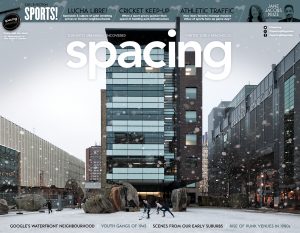 This story originally appeared in Spacing’s winter 2018 issue.
This story originally appeared in Spacing’s winter 2018 issue.

